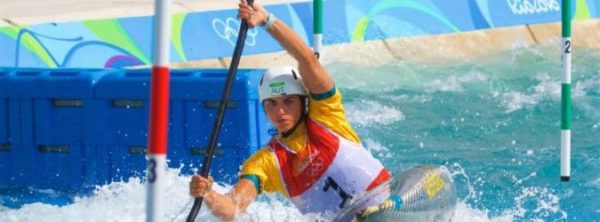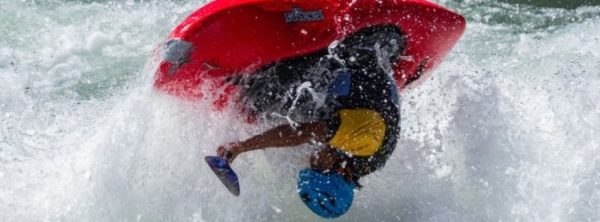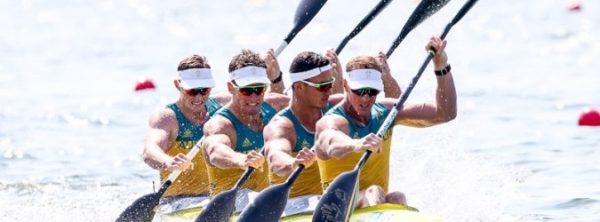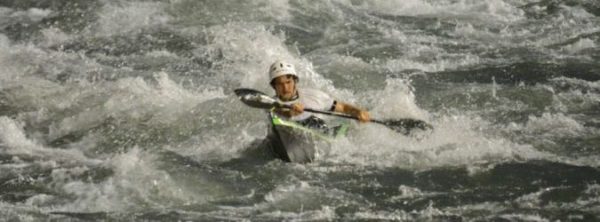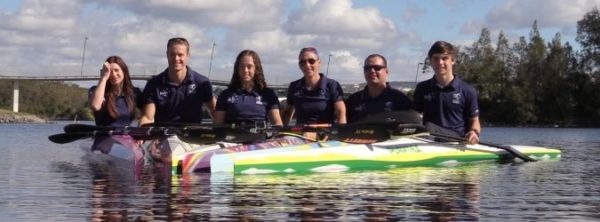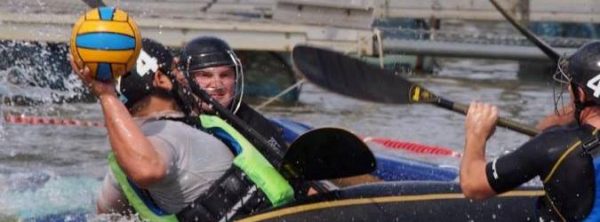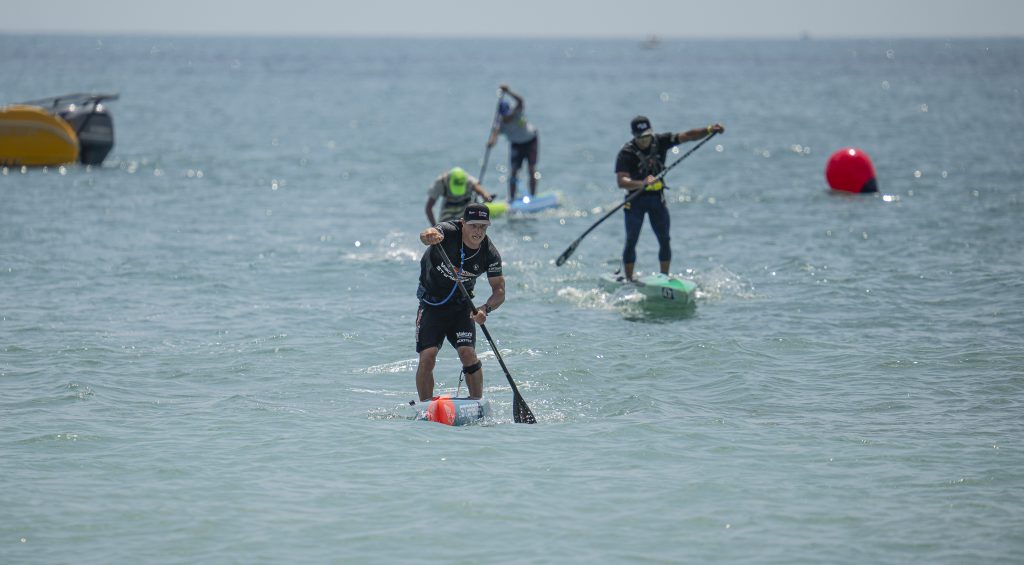Outer layers, inner layers, clothes for warm weather, clothes for cool weather: we’ve put together some tips for what you should consider wearing when you’re getting ready for your next paddle.
Clothing
Paddling can be done in all weather conditions – from humid tropical heat waves to alpine blizzards. It is important however that paddlers always ‘dress for a swim’ and be prepared for the eventuality of prolonged immersions. This can be confusing when dealing with warm weather and cold water or vice versa.
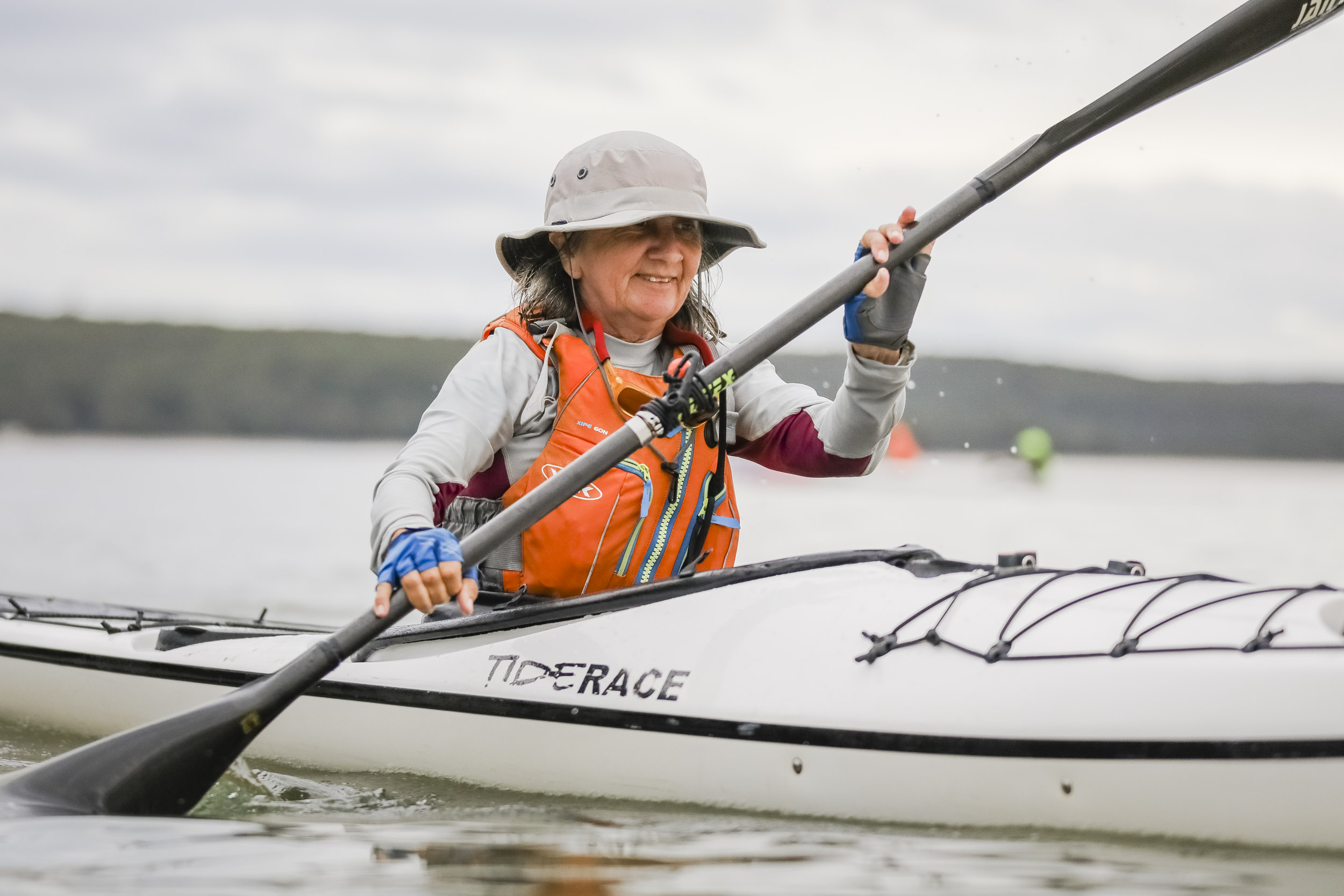
As with most outdoor activities, appropriate layering of clothing is best to prepare for all eventualities. For cold weather or water, a thermal base layer, mid weight insulation layer and outer shell works best along with gloves or pogies and a beanie. For warmer locations, simply remove the outer layers or use a similar layering system but with short sleeves. If you are in doubt, take the pessimistic view and add a layer. On the water, it is usually easier to take off a layer than add one. Carry spare clothing in the boat for when you arrive at your destination or to cover contingencies.
Inner Layer: Thinner neoprene tops are popular as they can still allow enough shoulder and arm movement so as not to hinder paddling. These also provide good sun protection. Thermals, rash shirts and long sleeve sun shirts also are a well-used option.
Outer Layer: The outer layer can be in the form of a splash jacket (Cag) normally with adjustable neck and arms. These are not waterproof in the event of a capsize but will keep the wind off you once paddling again. A dry suit is a good option when dealing with extremely cold water as these are waterproof but do require some practise to use.
Sun Protection
As a paddler, you are very much out in the open, exposed not only to direct radiation but also what is reflected from the water surface. Long sleeves and either a hat with full brim or legionnaire- style cap, tied on, at the very least. Sunscreen on all exposed skin, including the lips, and reapply regularly as required. To cover the backs of the hands, fingerless gloves give good protection. Sunglasses to protect the eyes from the UV. If you wear a helmet, as in surfing, a visor gives some protection.
Footwear
You may find yourself walking on sharp rocks, broken shells (or glass) and other uncomfortable surfaces. There is a wide range of wetsuit boots, aquatic sports shoes, and sandals available. Old sneakers are often worn, although they tend to be bulky. Choose something that is comfortable both on the ground (and does not pull off in mud) and in the boat, remembering that straps and laces must not tangle in footrests.
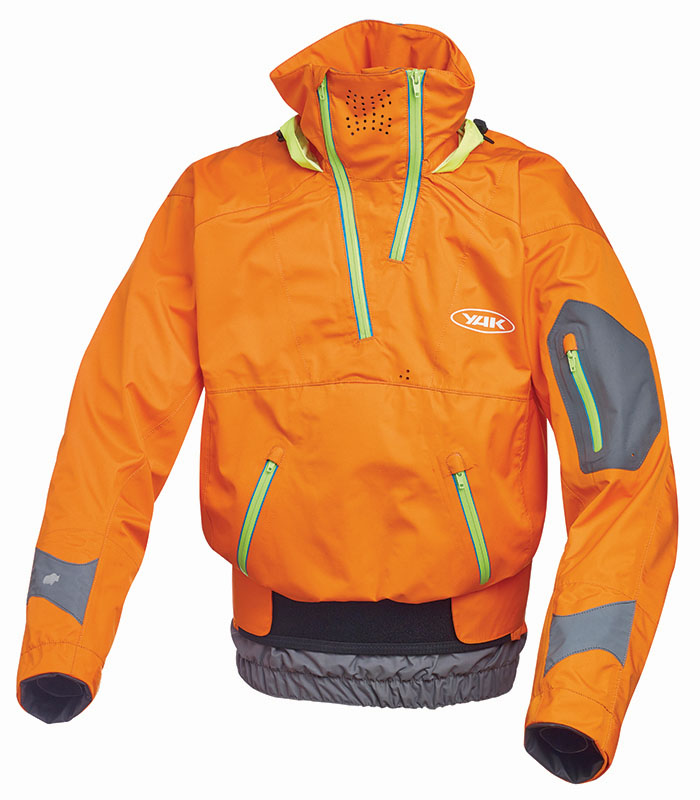 Visibility
Visibility
You need to be easily visible at all times, both to other water users and your fellow paddlers. A lifejacket level 50 is a better choice than a level 50s because of its colour (in a standardised yellow–red range). Similarly, your outer jacket should be a light, bright colour. Helmets (if being worn) should also be of bright colours, and a strip of reflective tape can help you stand out. Stealth has no place in paddling: bright colours always.






